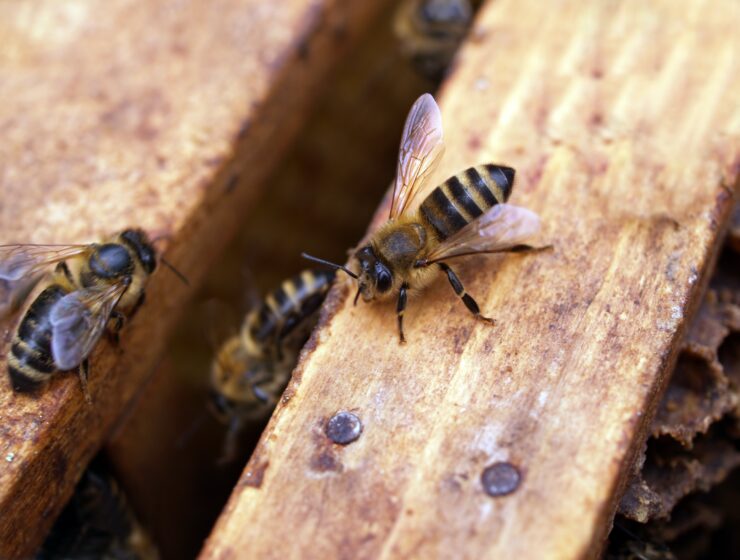It’s a bird, it’s a plane, it’s the super-secret clouded leopard high up in the treetops!
The Clouded leopard (Neofelis nebulosa) is wild cat native to the thick forests of the Himalayan foothills and all the way to tropical mainland Southeast Asia and South China. Their large paws and sharp claws allow them to climb up and down trees with ease. The Clouded leopard’s coat is a unique pattern of dark brown or black, cloud-like shaped spots of different sizes. They are smaller than other wild cats like lions and tigers, typically only weighing up to 50lbs.
This blog is about five incredible facts about clouded leopards to get you ready for the next K12 virtual field trip, ZooVenture: Up Close with Clouded Leopards at the Nashville Zoo on October 26th, 2PM ET. Virtually, students will explore a day in the life of some animal ambassadors and a special behind-the-scenes look at caring for clouded leopards at the Nashville Zoo.
Keep reading to learn some facts about these purr-fect creatures, they might surprise you!
- Only Two Species of Clouded Leopards
The mainland clouded leopard (Neofelis nebulosa) is primarily found in mainland South and Southeast Asia. The Sunda clouded leopard (Neofelis diardi) lives on the islands of Borneo and Sumatra and is classified as a unique species, and since 2015 has also been classified as vulnerable by International Union for Conservation of Nature (IUCN) The Sunda clouded leopard has smaller cloud-like spots, dark grey fur, and is shorter than the mainland clouded leopard.
- Modern-Day Saber Tooths


Clouded leopards are nicknamed ‘modern-day saber tooths’ because of their long, sharp teeth. Clouded leopards have the largest canine teeth in proportion to their body size, meaning their canines are the longest of any cat compared to the size of its body. Canine teeth are elongated, sharp teeth found in the front of their mouths that can reach up to two inches or more in size! They are used for hunting prey like deer, monkeys, wild boars, birds, and rodents. Clouded leopards can open their mouths to a 100-degree angle, most cats can only open their mouths 65 degrees.
- Arboreal and Aquatic
Clouded Leopards spend most of their time high in forest or tropical trees and have even been spotted in high elevations in the Himalayan mountains. They can rotate their ankles giving them unique skills like being able to climb upside down, hang from their back feet, climb down headfirst, and hunt high in trees. Unlike most cats, Clouded leopards are also known to be avid swimmers and are reported to live in mangrove swamps.
- Solitary Over Socializing

Clouded leopards are primarily nocturnal, meaning they are most active during the night. They are solitary animals and in the wild, having a shy and elusive personality. Because they are extremely secretive and rare, clouded leopards are difficult to study because they are hard to spot! Globally, there are zoos and sanctuaries with programs for conserving clouded leopards, including The Nashville Zoo. When clouded leopards are in captivity, they are known to be friendly and sociable.
- Population Status
The IUCN classifies clouded leopards as vulnerable to extinction because of deforestation to their habitats, poaching, and illegal pet trade. Sadly, clouded leopards are locally extinct in Singapore and Tawain. It is estimated that less than 10,000 adult individuals still live in the wild.
Momentum to save clouded leopards has increased as these majestic cats face growing threats. Conservation organizations around the world work tirelessly to protect natural habitats in Southeast Asia where cloud leopards are commonly found, and help by creating protected areas, promoting anti-poaching initiatives, and reducing deforestation.
Landing on All Fours
K12’s annual Innovation Challenge launches on November 7th and is open to students in grades K – 12. This year’s theme will focus on wildlife conservation, habitat preservation, pet and animal welfare, and sustainable farming. If you are passionate about helping animals and protecting their habitats, we strongly encourage you to submit a proposal for your cause. You can read more details about the 2024 Innovation Challenge coming on November 7, 2023 from our home page.

The clouded leopard is a fascinating and mysterious species. Their unique characteristics, distinctive ‘cloudy’ coat, impeccable climbing abilities, and the largest canines relative to their body size make them a truly extraordinary wild cat. Events like Zooventure at the Nashville Zoo aim to raise awareness about these incredible creatures and their conservation needs. We hope you can join us. Register here for ZooVenture: Up Close with Clouded Leopards at the Nashville Zoo on October 26th, 2PM ET. It’s sure to be a furr-tastic adventure!



